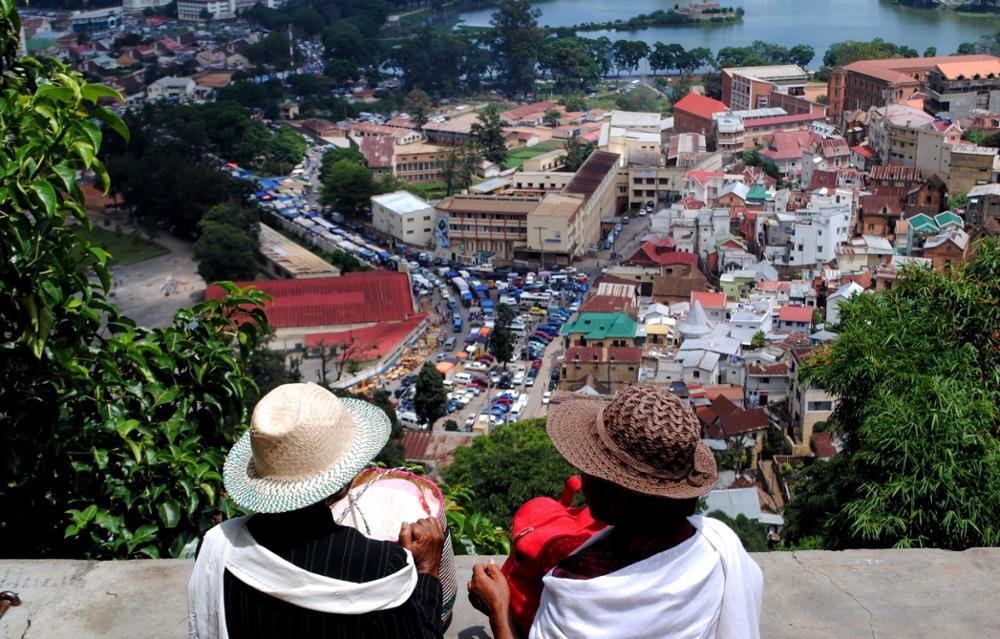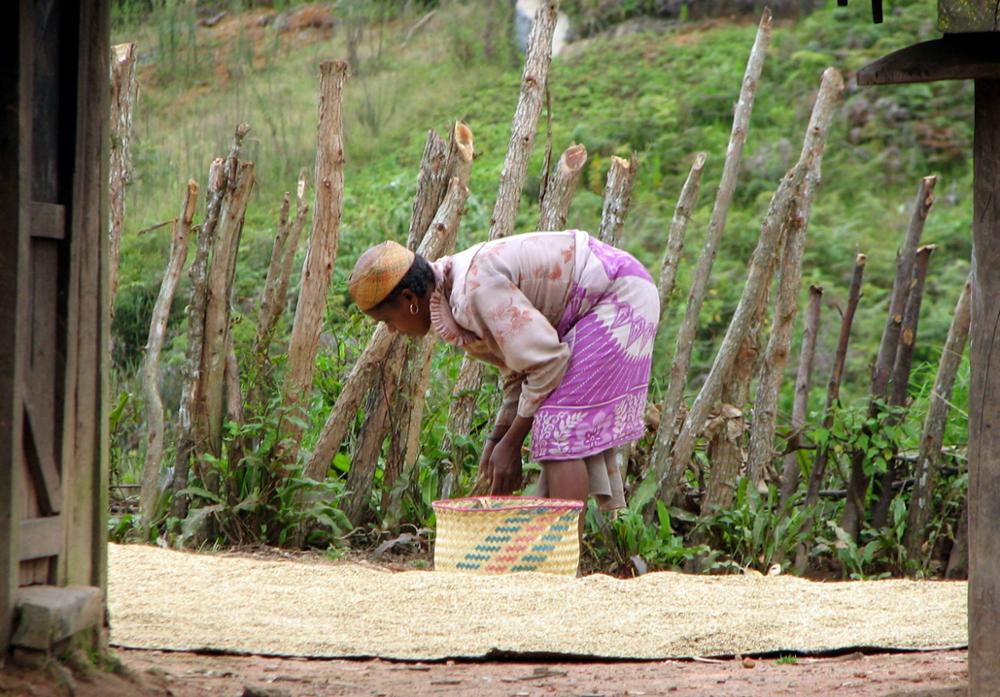
The Malagasy woman in all her complexity
If one were to describe a Malagasy woman, they would say she is beautiful, smiling, and devoted to her family. A Malagasy mother loves taking care of her household, but her identity is far from limited to that! She is the pillar that successfully holds up a roof under decay. Let’s get to know the Malagasy woman!
The beauty, unique traits, and strength of Malagasy women
Traditional attire gives Malagasy women a unique beauty. Unfortunately, young girls often view this style of dress as outdated and prefer Western clothing. Here are the distinctive characteristics of some Malagasy ethnic groups:
Merina
Women from the central highlands share a resemblance with Malaysian and Polynesian women due to their common origins. Their traditional attire includes a long dress adorned with lace, paired with the famous lamba, a large rectangular piece of cotton or silk worn like a shawl. Today, this attire is mostly seen on elderly women or those living in rural areas.
The traditional hairstyle, tanavoho, is a complex flat bun created by grouping hair into two braids positioned at the nape of the neck. Sadly, this style is rarely seen nowadays.
Sakalava
The Sakalava women from Madagascar’s western coast are often pictured wearing the traditional lambahoany (a printed, colorful cotton wrap) with braided hair. This simple outfit is well-suited to the climate and highlights their curves.
Their faces are almost always covered with a white-yellow mask called tabaky. Made from plant-based ingredients, this paste protects their skin from the sun, wind, and salt while preventing aging.
Antandroy
Antandroy women from the southernmost part of the island are known for their traditional Mohair rug weaving. Daily, they wear a lambahoany tied under the arms, resembling a corset. Accessories like vangovango bracelets and necklaces not only serve as adornments but also ward off illnesses or bad luck. Their traditional hairstyle, dokodoko, features curls.
Vezo
The Vezo people, from the country’s west coast, are renowned fishermen and navigators. However, women are forbidden from fishing and instead gather octopus, sea urchins, and crustaceans from the lagoon during low tide. They also wear the lambahoany and decorate their faces with flower-shaped patterns made from natural masks.
Antemoro
Antemoro women are famous for producing Antemoro paper, a papyrus-like material decorated with dried flowers. Their attire includes striped lambahoany worn around the waist and straw hats. In their tradition, husbands are forbidden from gifting clothes to their wives, as it is believed to invite the ill will of mothers- and sisters-in-law, who hold authority over the women in the household.
Antakarana
Antakarana women from the island’s northern region wear the salovana and kisaly. The salovana is a 110x160 cm fabric tied at the chest, while the kisaly is a shawl covering the head and shoulders.
Betsileo
Betsileo women from the southern central highlands are distinguished by their intricate braids, each with its unique name and significant meaning:
∙ Kitain’ondry, kitanala, valala mihoatra, and kirozaroza for young girls and unmarried women.
∙ Mitsangana fa andeha for girls about to marry.
∙ Tagna-voho (tanavoho) for married women.
∙ Randran’anakova (similar to Princess Leia’s hairstyle in Star Wars) for princesses.

The Role of Malagasy women in the home and society
In most Malagasy households, the man is theoretically the head of the family, but in practice, the woman manages everything. She handles finances, household chores, shopping, and childcare.
This role carries a heavy moral burden, as in societies worldwide, but Malagasy women are particularly resilient. Depending on their region or ethnic group, their responsibilities can be overwhelming.
Gender equality remains a distant dream in Malagasy society, which is deeply traditional, with religion and beliefs tipping the scales in favor of men. More women are taking on significant roles (village chief, mayor, minister, or leader of key organizations), but their influence is often limited due to male dominance.
Only wealthy and highly educated women manage to make a name for themselves and drive change. However, such women often struggle to find love or a husband, as Malagasy men prefer to assert their superiority, normalizing and justifying infidelity.

Women’s participation and contribution to society and the economy
Despite efforts to empower Malagasy women, they struggle to thrive fully. Cultural pressures still weigh heavily, restricting their rights, particularly in traditional marriages. A comprehensive marriage law in Madagascar remains unwritten and unenforced.
In the country’s history, few women’s names stand out, notably the queens Ranavalona and Giselle Rabesahala, the first Malagasy woman appointed as a minister in 1977.
However, the younger generation seems to be forging a different path from their mothers by participating more actively in societal and economic development. Names like Hanta Tiana Rasoarahona (Flore Aroma, organic products from essential oils) and Matina Razafimahefa (Sayna, online job training) stand out as recipients of prestigious social entrepreneurship awards.
To bring about real change, the youth—both women and men—must sometimes challenge tradition, combat harmful mindsets, and act boldly and differently!
